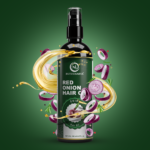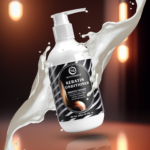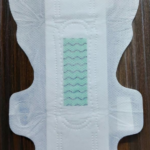Just how Do You Get Varicose Veins: Reasons, Signs, and Prevention
Varicose blood vessels are an usual problem that influences many people wor optiheart cenaldwide. These bigger, puffy capillaries typically show up on the legs and also can create discomfort and discomfort. Comprehending the causes, signs, and also avoidance of varicose capillaries is crucial for handling this condition effectively.
Varicose blood vessels happen when the valves within the capillaries come to be weak or damaged, leading to blood pooling in the capillary. This triggers the blood vessel to enlarge and end up being noticeable under the skin. While the specific root cause of varicose veins is still vague, a number of aspects add to their growth.
Causes of Varicose Veins
1. Age: Varicose veins are more usual in older adults. As we age, the natural damage on our blood vessels can bring about damaged valves and boosted risk of varicose veins.
2. Sex: Females are more probable to establish varicose capillaries contrasted to men. Hormonal adjustments during pregnancy, menopause, or hormonal agent substitute therapy can add to the development of varicose blood vessels.
3. Family background: If you have a family history of varicose blood vessels, you are more probable to develop them on your own. Hereditary aspects contribute in the weakening of capillary valves.
4. Obesity: Excess weight places additional stress on the capillaries, making it harder for blood to stream correctly. This enhanced strain can lead to the development of varicose veins.
5. Long term sitting or standing: Jobs or tasks that need extended periods of resting or standing can increase the threat of creating varicose veins. Lack of movement can restrain blood flow as well as put pressure cardiobalance in farmacia on the veins.
6. Maternity: Pregnant women go to a greater threat of establishing varicose blood vessels due to the raised blood volume and also hormonal changes that take place during pregnancy. Additionally, the growing womb can put pressure on the blood vessels in the pelvic area.
7. Injury or injury: Previous damages to the capillaries, such as from surgical treatment or injury, can raise the likelihood of creating varicose blood vessels.
8. Lack of workout: Normal exercise promotes healthy blood flow and reinforces the muscle mass that support the blood vessels. A sedentary way of life can add to poor blood circulation and the growth of varicose veins.
Signs of Varicose Veins
Varicose veins can show up in numerous methods, as well as the severity of the signs may vary from one person to another. Common signs and symptoms connected with varicose blood vessels include:
- Noticeable, twisted, or bulging blood vessels underneath the skin
- Aching or heaviness in the legs
- Pain or discomfort, particularly after prolonged periods of standing or sitting
- Swelling and swelling around the impacted blood vessel
- Pulsating or cramping in the legs
- Itching or aggravated skin over the varicose veins
These symptoms may get worse with time if left unattended. Extreme situations of varicose blood vessels can result in difficulties such as ulcers, blood clots, or skin staining.
Avoidance of Varicose Veins
While some threat factors for varicose capillaries, such as age and family background, can not be managed, there are actions you can require to lower your risk as well as protect against the worsening of existing varicose capillaries:
1. Normal workout: Take part in tasks that advertise good blood circulation, such as walking, swimming, or biking. Routine workout reinforces the leg muscular tissues and boosts blood flow.
2. Maintain a healthy weight: Excess weight puts added pressure on the capillaries. Maintain a healthy and balanced weight through a balanced diet plan and routine exercise to minimize the danger of varicose veins.
3. Stay clear of long term resting or standing: If your work requires long periods of resting or standing, take regular breaks to extend your legs and promote blood flow.
4. Elevate your legs: Boosting your legs above the heart level helps reduce swelling and also encourages blood flow back to the heart. Integrate leg altitude right into your everyday routine, particularly after extended periods of standing or resting.
5. Use compression stockings: Compression stockings offer mild stress to the legs, assisting to boost blood circulation and reduce swelling. They are offered in numerous compression degrees and also can be advantageous for avoiding and managing varicose veins.
6. Keep active throughout the day: Prevent sitting or meaning prolonged periods. Try to integrate short walks or leg exercises right into your everyday routine to maintain the blood moving freely.
Conclusion
While varicose veins can be bothersome as well as undesirable, understanding the reasons, signs, and also prevention techniques can help manage this condition efficiently. By adopting a healthy and balanced lifestyle, staying physically energetic, as well as taking safety nets, you can lower the risk of establishing varicose blood vessels or stop their worsening.
It is always a good idea to get in touch with a health care professional if you experience severe discomfort, swelling, or complications connected with varicose capillaries. They can offer customized advice as well as recommend appropriate therapy options based on your details condition.









